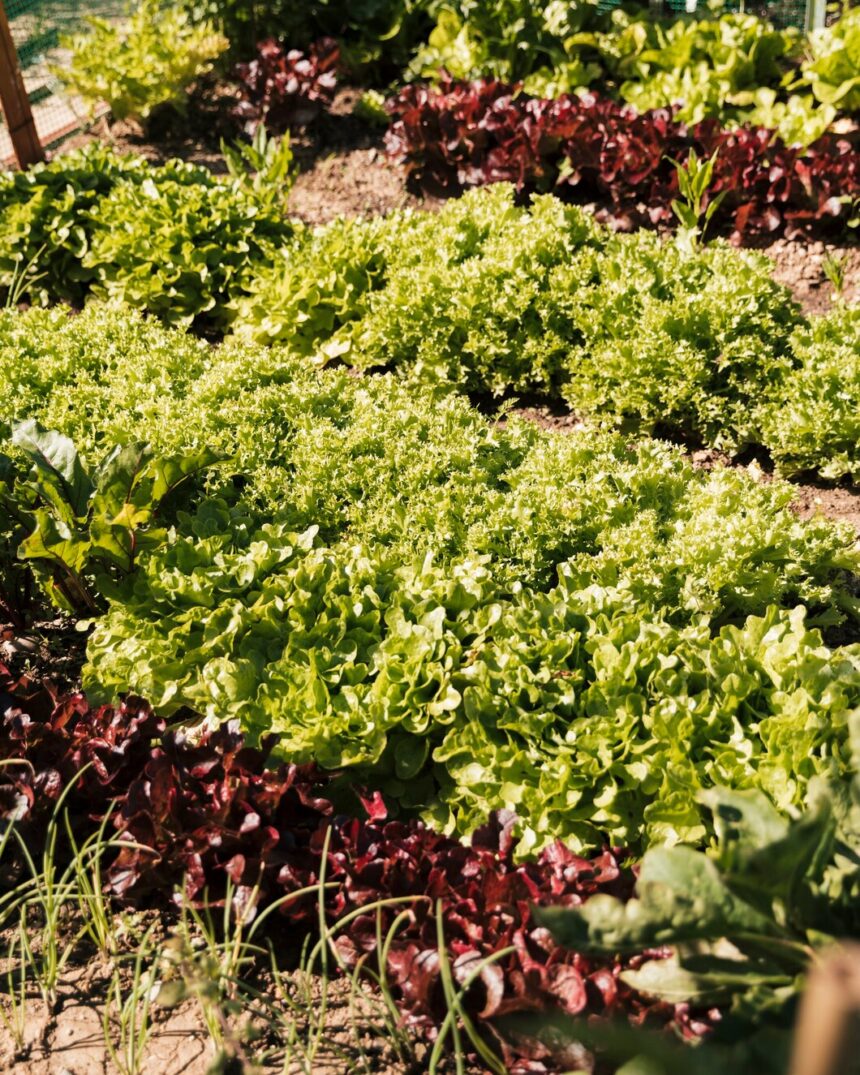Intercropping, the practice of growing two or more crops together in the same field, is a time-tested agricultural strategy that offers numerous benefits. For South African farmers, intercropping can enhance productivity, improve soil health, and increase resilience to pests and diseases. This article provides practical advice on how to successfully implement intercropping in South Africa.
1. Understand the Benefits of Intercropping
Intercropping can provide several advantages:
- Increased Yield: By utilizing space more efficiently, intercropping can lead to higher overall yields compared to monoculture (growing a single crop).
- Pest and Disease Management: Certain crop combinations can help reduce the incidence of pests and diseases by disrupting the habitat of harmful organisms.
- Soil Fertility: Some plants, like legumes, can fix nitrogen in the soil, benefiting neighboring crops and reducing the need for synthetic fertilizers.
- Resource Optimization: Different crops have varying root depths and nutrient requirements, which can lead to better use of soil resources.
2. Choose Compatible Crop Combinations
Selecting the right crop combinations is crucial for successful intercropping. Consider the following factors:
- Growth Habit: Choose crops with complementary growth habits. For example, pairing a tall crop like maize with a low-growing crop like beans can maximize space usage.
- Nutrient Requirements: Pair crops with different nutrient needs to avoid competition. For instance, legumes that fix nitrogen can be intercropped with crops that require high nitrogen levels.
- Pest and Disease Resistance: Combining crops with different pest and disease resistance profiles can reduce the risk of widespread infestations.
3. Plan Your Planting Layout
Effective planning of planting layouts is essential:
- Row Intercropping: Plant different crops in alternating rows. This method is suitable for crops with similar growth rates.
- Strip Intercropping: Grow different crops in strips, allowing for easier management and harvest.
- Mixed Intercropping: Sow multiple crops together in the same field without specific rows or strips. This method can be more challenging to manage but offers maximum space utilization.
4. Consider Crop Timing
The timing of planting and harvesting is important for intercropping success:
- Staggered Planting: Plant crops at different times to ensure that they do not compete for resources. For example, early-maturing crops can be harvested before late-maturing ones fully develop.
- Harvesting Schedule: Ensure that the harvesting schedule of one crop does not negatively impact the growth or harvest of the other crop.
5. Manage Weeds Effectively
Weeds can be a significant challenge in intercropping systems. Employ these strategies:
- Mulching: Use organic or synthetic mulches to suppress weed growth.
- Manual Weeding: Regularly check and remove weeds by hand or with appropriate tools, especially in the early stages of crop growth.
6. Monitor Soil Health
Maintaining soil health is critical for intercropping success:
- Soil Testing: Conduct regular soil tests to monitor nutrient levels and pH. This information helps in making informed decisions about fertilizer application and soil amendments.
- Organic Matter: Add organic matter, such as compost or green manure, to improve soil structure and fertility.
7. Address Pest and Disease Management
Pest and disease management in intercropping systems requires vigilance:
- Integrated Pest Management (IPM): Use a combination of biological, cultural, and mechanical control methods to manage pests and diseases. Intercropping can help by reducing the spread of pests.
- Regular Monitoring: Inspect crops regularly for signs of pests and diseases. Early detection and intervention are key to managing issues effectively.
8. Evaluate and Adjust
Regularly evaluate the performance of your intercropping system:
- Monitor Yields: Track yields of each crop to assess the effectiveness of your intercropping strategy. Adjust crop combinations and planting layouts based on your observations.
- Gather Feedback: Seek feedback from other farmers or agricultural extension services to learn from their experiences and improve your approach.
9. Invest in Education and Training
Stay informed about the latest intercropping techniques and best practices:
- Workshops and Training: Participate in workshops and training programs offered by agricultural extension services or research institutions.
- Research and Literature: Read agricultural research papers and literature on intercropping to stay updated on new developments and innovations.
10. Embrace Flexibility and Experimentation
Intercropping requires flexibility and a willingness to experiment:
- Trial and Error: Experiment with different crop combinations and planting methods to find what works best for your specific conditions.
- Adapt to Local Conditions: Adapt your intercropping strategies to local soil types, climate, and pest pressures.
Intercropping offers South African farmers a valuable tool for enhancing agricultural productivity and sustainability. By carefully selecting crop combinations, planning planting layouts, and managing soil health and pests, farmers can reap the benefits of this versatile farming practice. Embrace the principles of intercropping and explore its potential to optimize your farming operations and contribute to a more resilient agricultural system.
Join 'Farmers Mag' WhatsApp Channel
Get the latest Farming news and tips delivered straight to your WhatsApp
CLICK HERE TO JOIN






